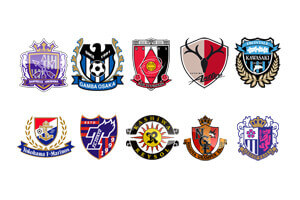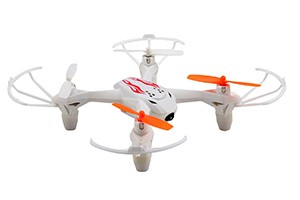Top 10 Best Japanese Soccer Teams of 2016 Review
Japanese football is emerging as one of the best leagues in the Asian continent and this is evident even in the world championship where Japan participated in the just concluded world cup. With the improved sponsorship and funding teams in the Japanese Football League JFL has started claiming a top spot in terms of earning, sponsorship and games participation across the globe. This has shaped the general football and the fans participation increasing with more than 60% in the pitch. With the developed mechanism of uplifting the grassroots talents this has seen a rise in domestic players who have made it to the world scene and improved the weight of football in Japan. Continued infrastructural development, taking football as a form of employment and beautifying the football scenes is a few of the uncountable reasons that have seen football grow in Japan. Known for its Auto manufacturers Japan is diverting its sponsorship home with this big owned companies sponsoring football teams across Japan, which has taken up the football competition to another height. If the tremendous growth will continue, Japanese Football and Asian Football in general will rise to the height of European football for the next half decade. The following are teams that are have been ranked as the top 10 best Japanese soccer team in 2016 following the national football ranking in Japan. The ranking has also been geared by the world of football governing body Fifa which has helped in shaping the football and awarding marks regarding the performance.
10. Cerezo Osaka
It was founded in 1957 and their home ground is known as Kincho stadium and has a capacity of 20,000. They play in the J2 league and finished 4th position in the 2015 season. By the nickname it is known as the flower of Osaka. Originally, it was known as Yauman Disel back then in 1957 but in 1993, it adopted the name Cerezo Osaka. The team color is pink. The club has won the title 4 times 1971, 74, 75 and 1980 runners up 4 times.
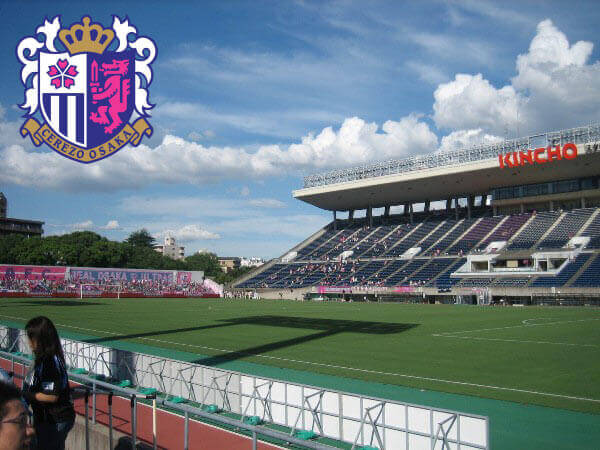
9. Nagoya Grampus
By nickname, it is known as Grampus. This soccer team was founded in 1939. Their home ground is known as Toyota stadium and has a capacity of 45,000. They finished position 9 in 2015 Japanese League. They changed to their current name in 2008. They have won the championship once in 2010 and being as runners up 2 times.
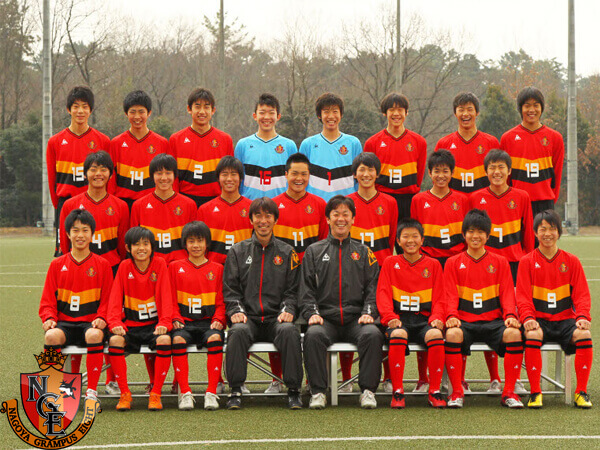
8. Kashiwa Reysol
Founded in 1940 as Hitachi, Ltd. Won the title 2 times 1972, 2016 and finished as runners up one time. Soccer Club in Kodaira, Tokyo, and the team was a founding member of the Japan Soccer League and has immensely produced players to the Japanese national team. In 1986, the team relocated from Kodaira to Kashiwa, but it took a while to adapt to the new town, as they were relegated to the JSL Division 2 at the season’s closing. The team joined the Japan Football League in 1992 and added Careca of the Brazil national football team with the aim of winning the JFL champion for promotion to the J1 league in 1993.
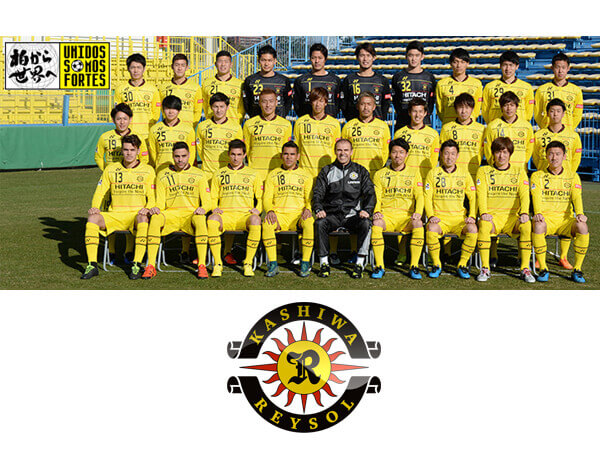
7. F.c Tokyo
The team started as a company team, Tokyo Gas Football Club. They were founded in 1999 and their home ground is known as Ajinomoto stadium and has a capacity of 49,970. They participate in J1 league and finished 4th in 2015 season. The team started as a company team, Tokyo Gas Football Club in 1935 before being established as a new club in 1999. Their first appearance in the national leagues was in 1991, the last season of the old Japan Soccer League. With addition of the Brazilian football player Amaral and the manager Kiyoshi Okuma at the helm, the team gradually became competitive and in 1997, the team finished second, winning the JFL championship the next year. However, at the time the team lacked the necessary qualifications for a promotion to the J1 league and so stayed in J2.
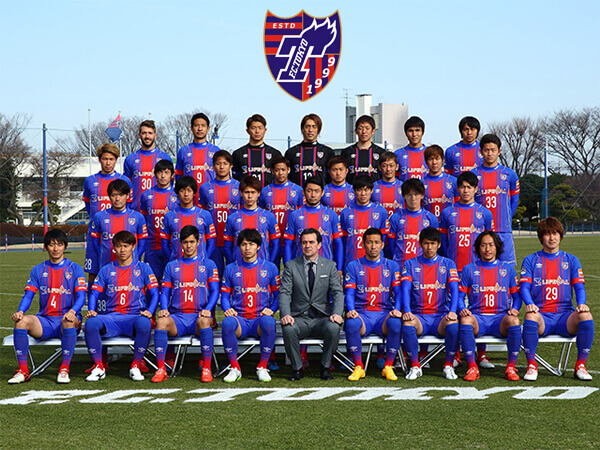
6. Yokohama F. Marinos
It was started in 1972, as the Nissan Motors F.C. based in Yokohama, and were promoted to the Japan Soccer League Division 2 in 1976. They have won the title 5 times 1988, 1990, 1995, 2003 and 2004 and has been runners up 7 times. They took necessary steps like building a friendly relationship with local high schools and universities and starting junior teams for school kids to be a winning team. Yokohama F. Marinos won the Emperor’s Cup on New Year’s Day 2014, their first in twenty-one years. On 20 May 2014, it was announced that that City Football Group, the holding company of Manchester City F.C., had invested in a minority share of Yokohama F. Marinos, creating a partnership with both the football club and car manufacturer Nissan.
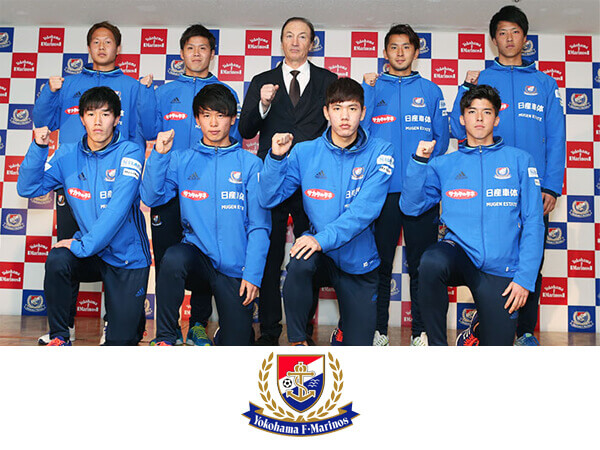
5. Kawasaki Frontale
It was founded in 1955 as Fujitsu football club. The club was one of many city clubs that comprised the Japan Soccer League; they first made the JSL First Division in 1977, only to be relegated the next season afterwards and would not return to the top flight until 2000, when they were first promoted to the rebranded J1. Kawasaki has advanced steadily, and provides players for the Japan national football team. They have not won the title in their history but have been runners up 3 times. Their game is improving and has a prospect of having a pact in the J1 league.
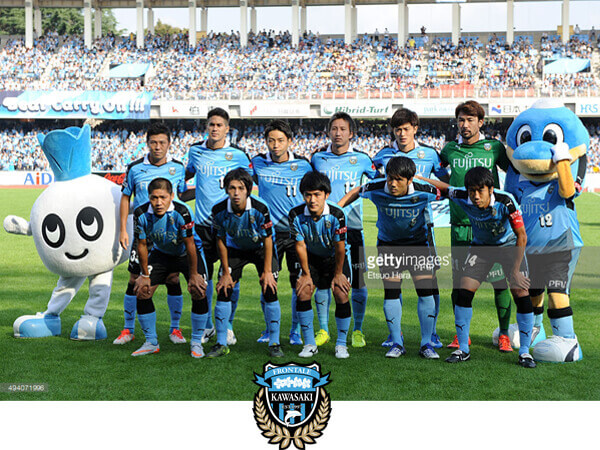
4. Kashima Antlers
The club was founded in 1947 as Sumitomo Metal Industries Football Club in Osaka and in 1975 moved to Kashima Town. In 2000 Kashima became the first and only club in the country to achieve the Treble by claiming all three major titles: J.League Division 1, League Cup and Emperor’s Cup in the same year. Furthermore, in 2009, the club accomplished an unprecedented feat of winning three consecutive J.League titles. Won the title 7 times 1996, 1998, 2000, 2001, 2007, 2008, 2009 seasons.
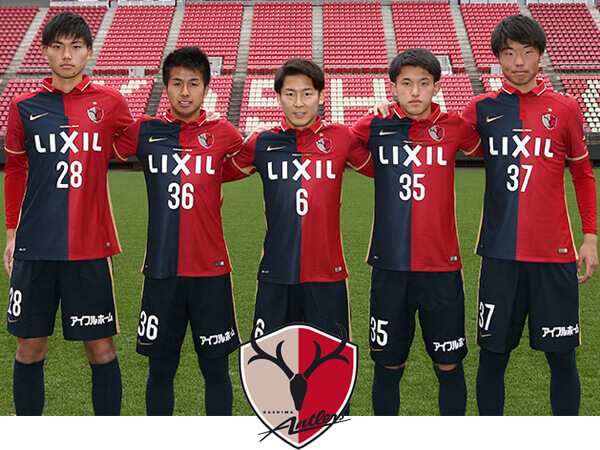
3. Urawa Red Diamond
The name Red Diamonds alludes to the club’s professional era parent company Mitsubishi. It was established as a football club in 1950 in Kobe and moved the club to Tokyo in 1958. Mitsubishi first won the JSL championship in 1969, Mitsubishi were the first Japanese club to complete a domestic treble, when in 1978 they won the title, the Emperor’s Cup and the Japan Soccer League Cup. Won the title 5 times 1969, 1973, 1978, 1982, 2006 and runners up 2 times.
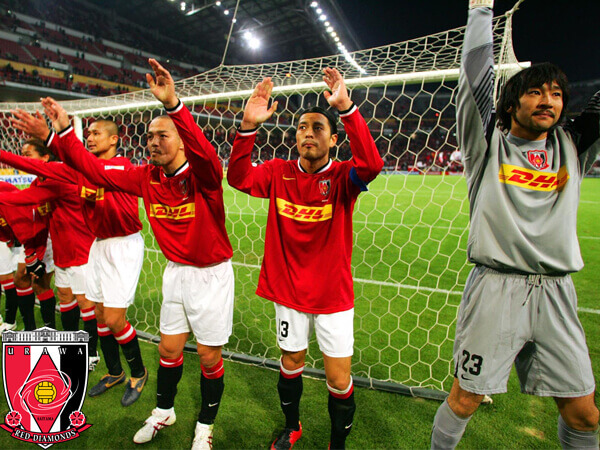
2. Gamba Osaka
This soccer team was founded in 1980 as Matsushita Electric Industrial Company Ltd. It was renamed as Panasonic Corporation. In 2005, the club claimed its first J. League championship on a dramatic final day during which any of five clubs could have claimed the championship. Have won the title 2 times 2005, 2014 and has been runners up 2 times.
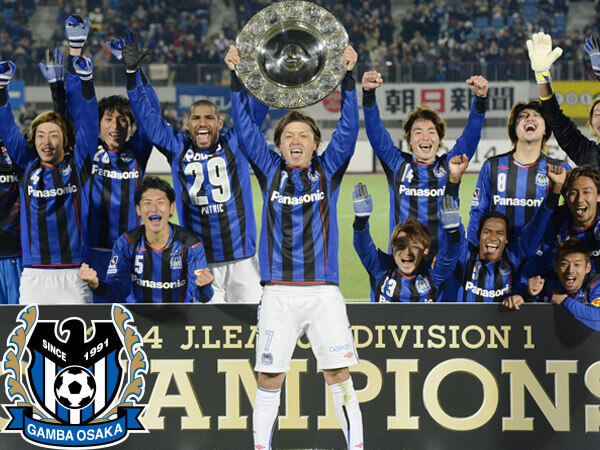
1. Sanfrecce Hiroshima
It is known as Sanfire by the nickname. It was founded in 1992. The home ground is known as Hiroshima Big Arch and has a capacity of 50,000. The team participates in J1 league band finished position one in 2015. They have won the title 8 times 1965, 1966, 1967, 1968, 1970, 2012, 2013 and 2015 season. It has been the most improved club in terms of performance and has won the most titles in the Japanese league.
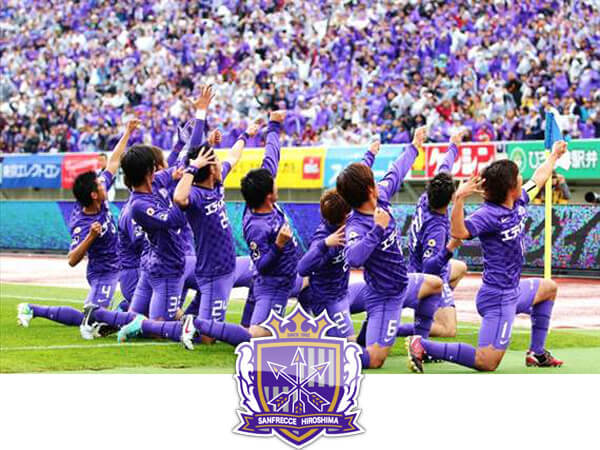
Football has become one of the promising games in Japan and has been henceforth produced result for it. The developed nature of Japan in automobile and much improved industrialization has boosted this sector. This team has grown in the Fifa ranking tremendously over the years and this has shown how football has grown. The best japanese soccer team are ranked in terms of performance and have brought the game to stiff competition. Having the best team winning, 8 times, it shows that the game is improving and there is no football dominance like in Europe. The greatness of football in Japan is the sponsorship from the real companies, which has a reputable name like Toyota, Mitsubishi, Honda and other famous companies. Just like the European football having diversified and more prestigious games and tournament have improved the game enabling the top-flight team to spend to maintain the status. Having some of the promising talent in this country the market have been blocked by international teams in search of player and this is evident in the current dates where players from Japan has made to the top clubs in Spain, England, Germany and so on. Thus is as a result of the growing talent. With the world going digital and becoming a global village, airing these games and reaching the interior parts of different states is a positive step in its growth.
